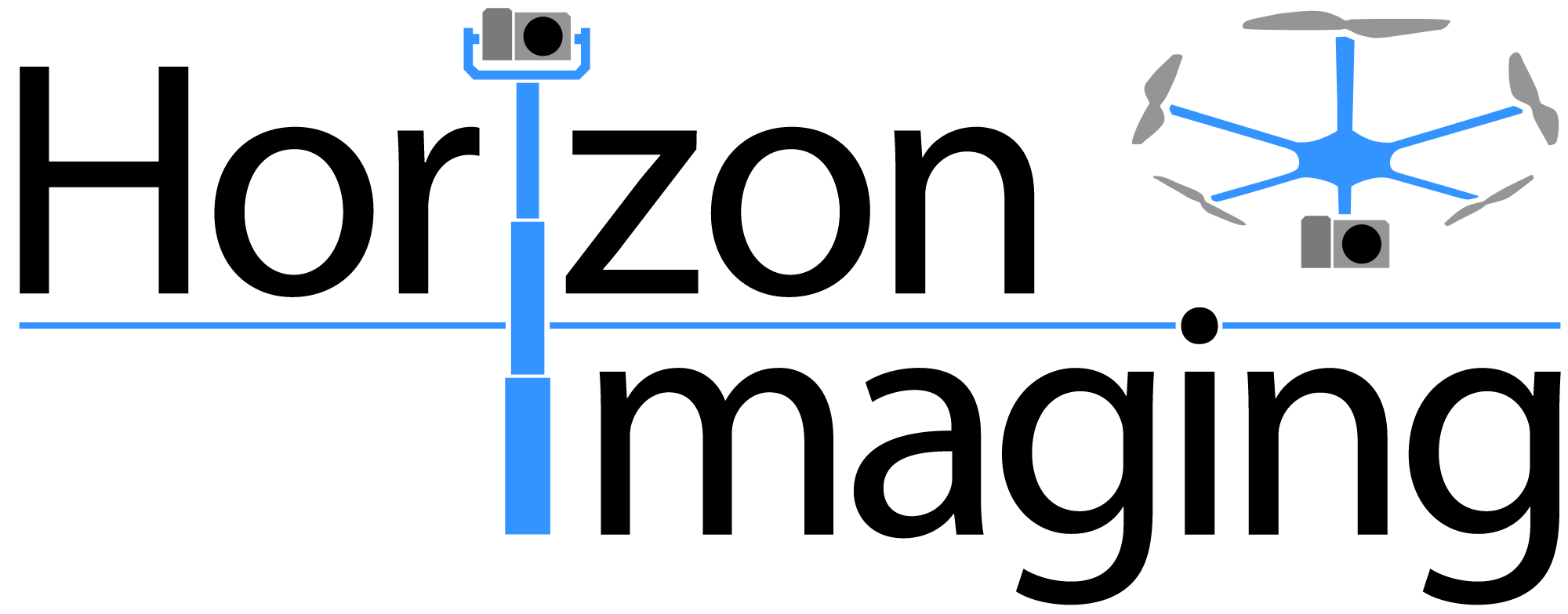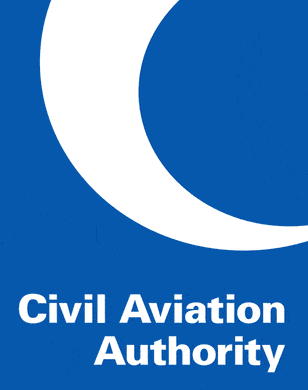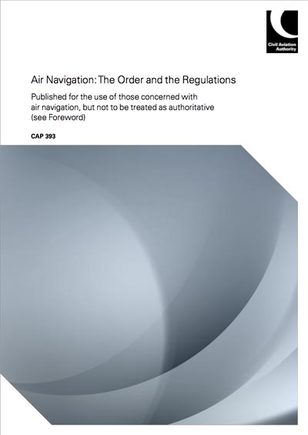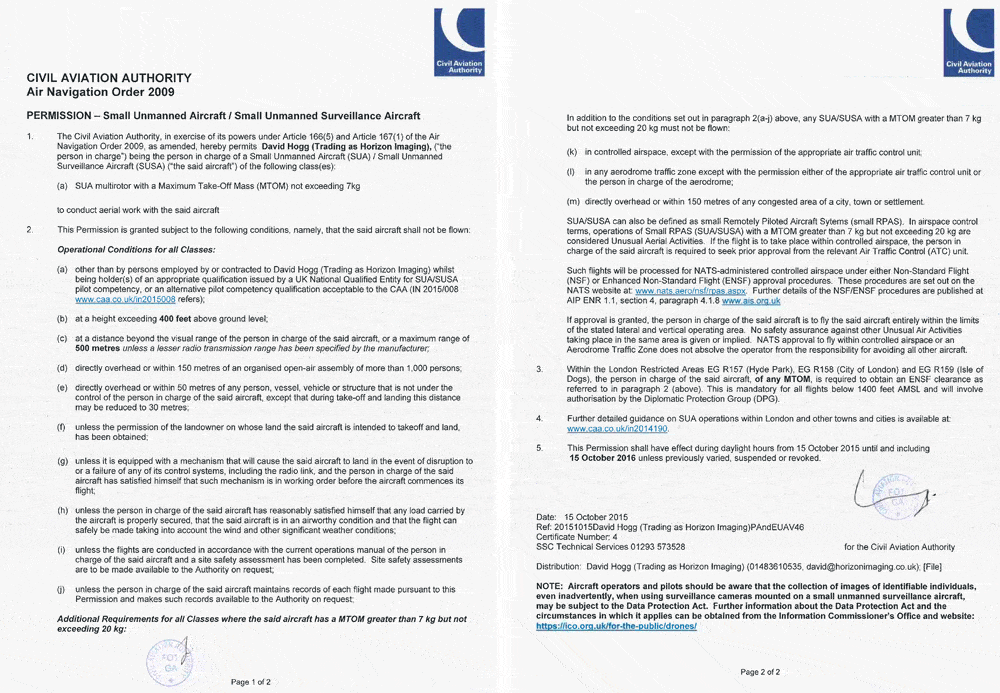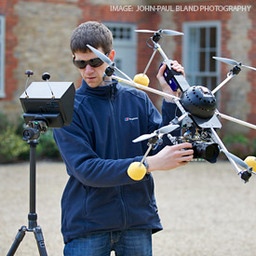As the number of people looking to offer commercial aerial photography services using drones (or “small unmanned surveillance aircraft” to give them their official CAA title) continues to rise, I often get asked what regulations operators have to follow.
All the regulations governing commercial “aerial work” (any work involving unmanned aerial platforms for commercial gain) are contained within the CAA document ‘CAP 393 – Air Navigation: The Order and the Regulations’. Please click on the following link to access the latest version of this document:
CAP 393 – Air Navigation: The Order and the Regulations
The most pertinent of these regulations for operators wishing to undertake aerial work are those listed in articles 138, 166 and 167, which are stated below.
A person must not recklessly or negligently cause or permit an aircraft to endanger any person or property.
This is probably the most important of all the CAA regulations and it applies to the entire aviation industry – not just operators using unmanned aerial systems. If any part of your operation is likely to endanger people, property or other aircraft then it must not take place, no matter how important the shoot might be.
- A person must not cause or permit any article or animal (whether or not attached to a parachute) to be dropped from a small unmanned aircraft so as to endanger persons or property.
- The person in charge of a small unmanned aircraft may only fly the aircraft if reasonably satisfied that the flight can safely be made.
- The person in charge of a small unmanned aircraft must maintain direct, unaided visual contact with the aircraft sufficient to monitor its flight path in relation to other aircraft, persons, vehicles, vessels and structures for the purpose of avoiding collisions.
- The person in charge of a small unmanned aircraft which has a mass of more than 7kg excluding its fuel but including any articles or equipment installed in or attached to the aircraft at the commencement of its flight, must not fly the aircraft: (a) in Class A, C, D or E airspace unless the permission of the appropriate air traffic control unit has been obtained; (b) within an aerodrome traffic zone during the notified hours of watch of the air traffic control unit (if any) at that aerodrome unless the permission of any such air traffic control unit has been obtained; or (c) at a height of more than 400 feet above the surface unless it is flying in airspace described in sub-paragraph (a) or (b) and in accordance with the requirements for that airspace.
- The person in charge of a small unmanned aircraft must not fly the aircraft for the purposes of aerial work except in accordance with a permission granted by the CAA
To view Horizon Imaging’s ‘Permission’, as mentioned in paragraph 5 above, please click here or on the thumbnail in the column on the right.
- The person in charge of a small unmanned surveillance aircraft must not fly the aircraft in any of the circumstances described in paragraph (2) except in accordance with a permission issued by the CAA.
- The circumstances referred to in paragraph (1) are: (a) over or within 150 metres of any congested area; (b) over or within 150 metres of an organised open-air assembly of more than 1,000 persons; (c) within 50 metres of any vessel, vehicle or structure which is not under the control of the person in charge of the aircraft; or (d) subject to paragraphs (3) and (4), within 50 metres of any person.
- Subject to paragraph (4), during take-off or landing, a small unmanned surveillance aircraft must not be flown within 30 metres of any person.
- Paragraphs (2)(d) and (3) do not apply to the person in charge of the small unmanned surveillance aircraft or a person under the control of the person in charge of the aircraft.
- In this article ‘a small unmanned surveillance aircraft’ means a small unmanned aircraft which is equipped to undertake any form of surveillance or data acquisition.
As many of these regulations are proximity-related, I use the following checklist before every shoot using a drone to ensure I fully abide by the CAA regulations:
- Check the proximity of the shoot location to nearby roads and houses using the ‘ruler’ tool in Google Earth.
- Check for airspace restrictions on the planned flight date using the NOTAM Info website – these govern all airspace users, not just those using full-size aircraft:
- NOTAM Info website
- Identify local airfields and airports using the above website and then check the distance to the proposed flying site using Google Earth ruler tool.
- If the proposed flying site lies near an airfield or airport (< 5 miles) and there is no NOTAM information available (as happened on a recent shoot in Whyteleafe) call them to check whether my intended flights will clash with their operations.
It is possible to work with the CAA to obtain special permits to fly in more congested areas / airspace if required. Please contact Andy Baker at the Civil Aviation Authority for more information using the following email address: UAVEnquiries@caa.co.uk
If you have any questions about these regulations or you would like to know how to obtain your own Permission for Aerial Work, please contact me and I will do my best to help you.
The UK Civil Aviation Authority (CAA) regulates all use of unmanned aerial vehicles for “aerial work” – any work undertaken for commercial gain.
The CAA document, “CAP 393 – Air Navigation: The Order and the Regulations” contains all the regulations you need to know for undertaking aerial work with unmanned aerial systems in the UK.
Click on this image to view Horizon Imaging’s Permission for aerial work, as granted by the UK Civil Aviation Authority. Without a Permission it is illegal to undertake commercial aerial work
“CAP 393, Article 138 – “A person must not recklessly or negligently cause or permit an aircraft to endanger any person or property.
